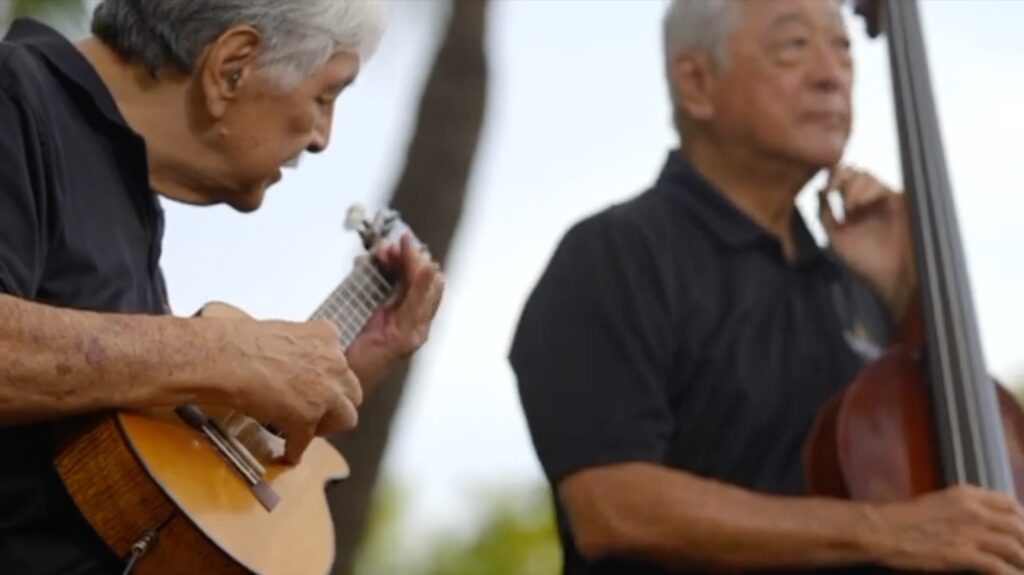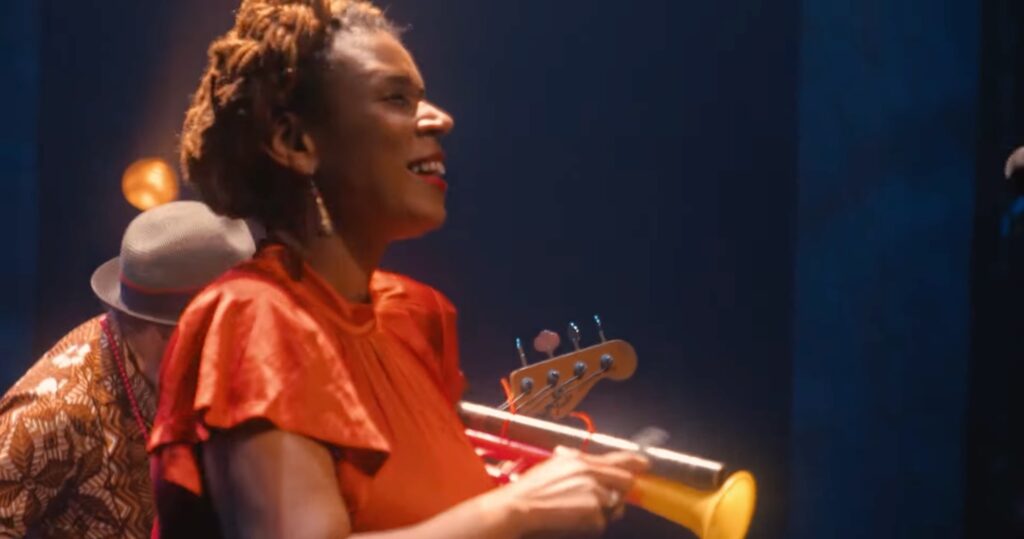I have to spend a lot of time thinking about music for my job. Honestly, though, much of what passes for sacred music in Unitarian Universalist circles these days is pretty dreary stuff. To avoid dreariness and boredom, this will not be a post about UU sacred music. Instead, here’s some of the more obscure music I’ve encountered this past year.
I’ll start with the ‘ukulele. This under-appreciated instrument still gets no respect, but there are some stunning players out there. Like jazz great Benny Chong, now in his eighties and still going strong. Here he is with bassist Byron Yasui on “Just the Way You Are.” Chong is also a fabulous solo player. Here he is playing “My Romance.”

I’ve also been listening to Carmen Souza, who mixes traditional Cape Verdean music with contemporary styles. Here she is with “Amizadi” from her latest album. Souza writes: “For this song, I composed a Funaná [a traditional Cape Verdean genre] based on the story of Francisco Cruz, a.k.a B.Leza. This genre promotes fun and social interaction, so I called it Amizadi (Friendship).” Next, here she is solo, singing “Confiança & Bonança”, a video released on International Women’s Day 2024.

One of my musical obsessions this year has been handbells, because I started playing in our congregation’s handbell choir. Sadly, much of the handbell music you find online tends towards dreary Christian sacred music. Yawn. But if you look, you can find more interesting stuff. Like the Double Mallet Ringers, based in Hong Kong. Most of their ringers are professional music educators, they commission compositions, and they even have a resident composer. In addition to more serious music, they also do goofy covers like this.

Finally, So Percussion and Caroline Shaw released another new album together this year. What they do could be described as singer-songwriter meets avant-garde. Do their lyrics actually mean anything? Whatever, it’s incredibly refreshing music. Here’s the title track from their new album Rectangles and Circumstance.
There’s a lot of great musical creativity out there, from a variety of different cultures, in a variety of styles. Maybe the new year will bring some new creativity and variety to UU sacred music….
Addendum: I just have to throw in this piece I found today, by Kenyan sound artist Nyokabi Kariuki, “Raw Sugar” performed by the Brooklyn Youth Chorus.
